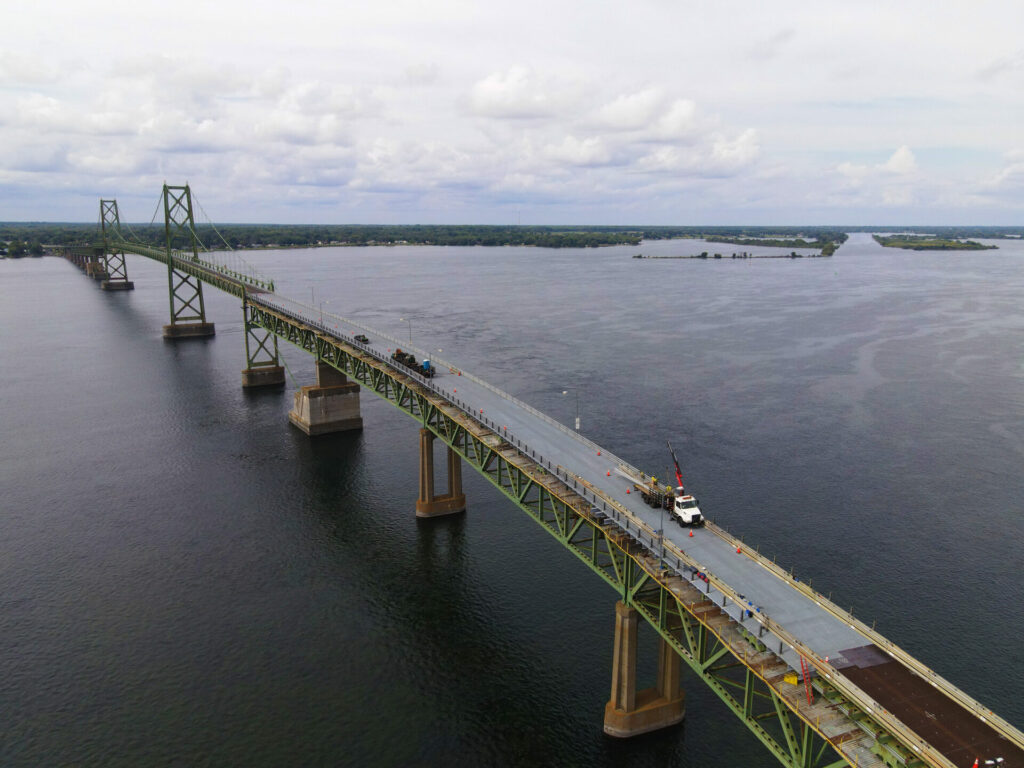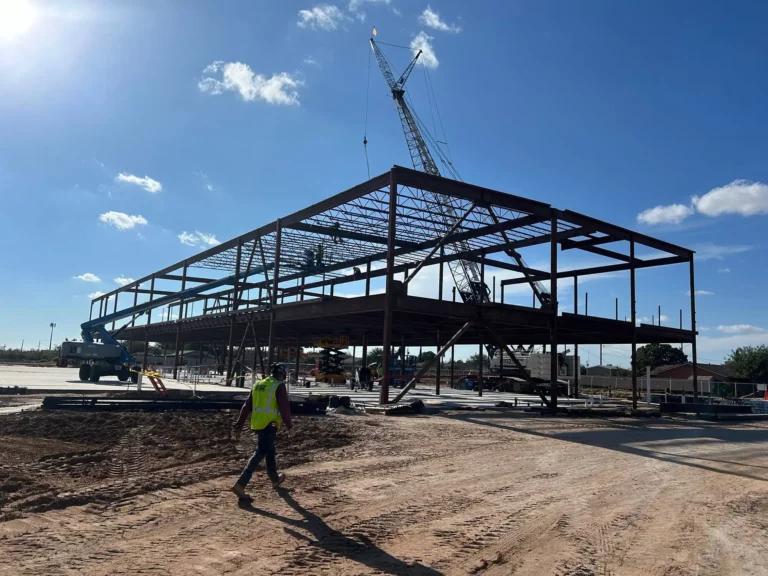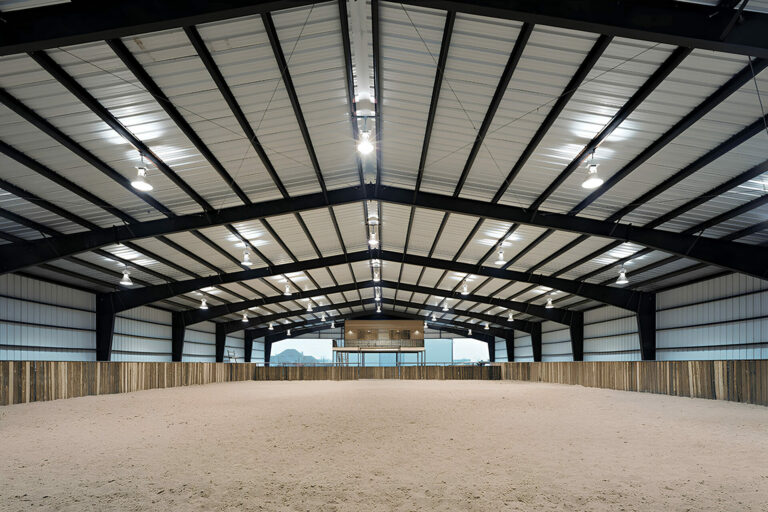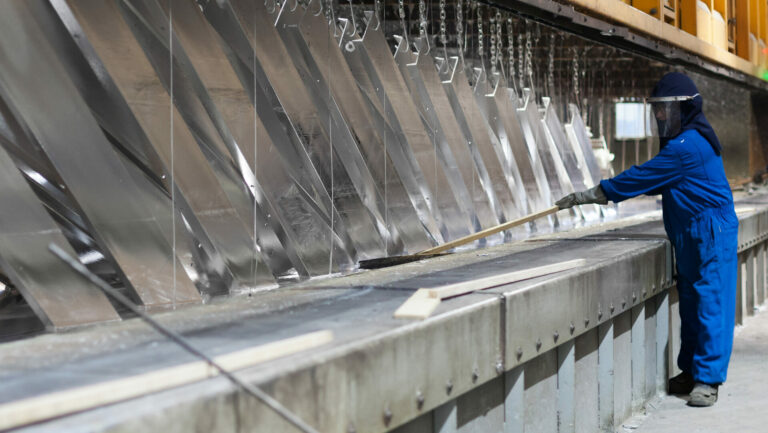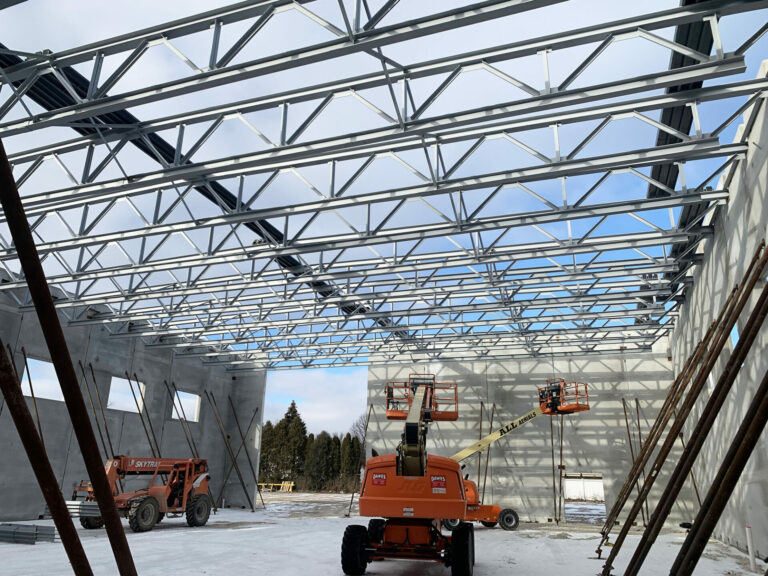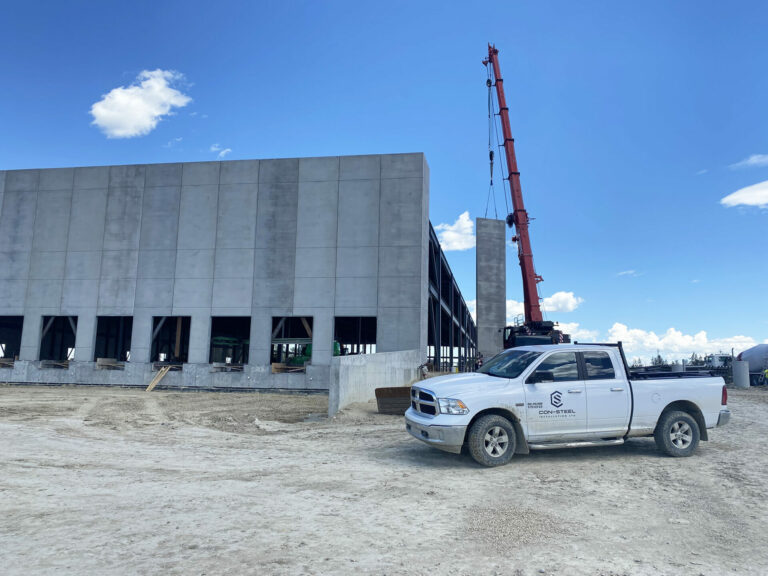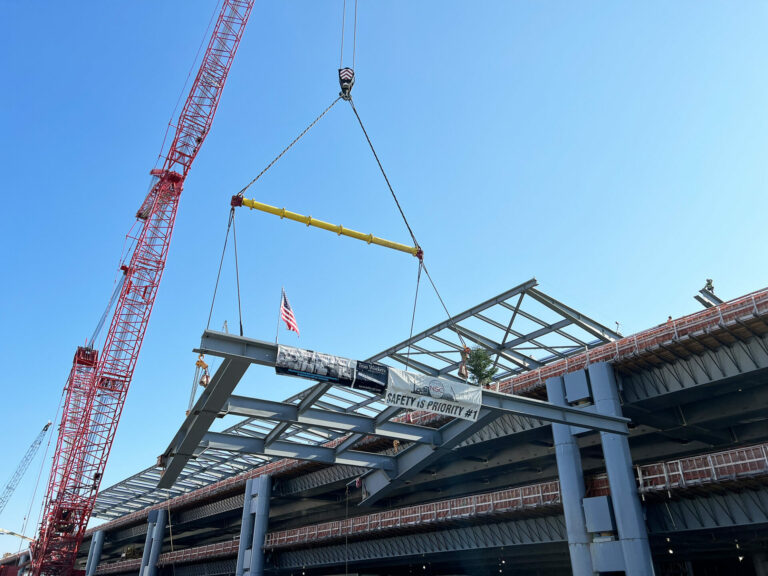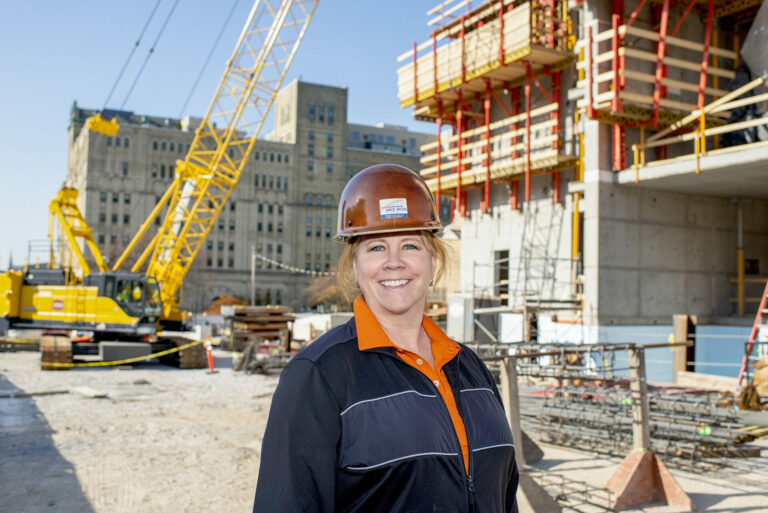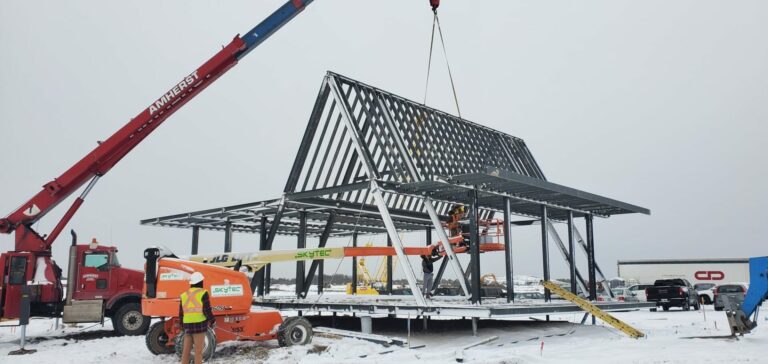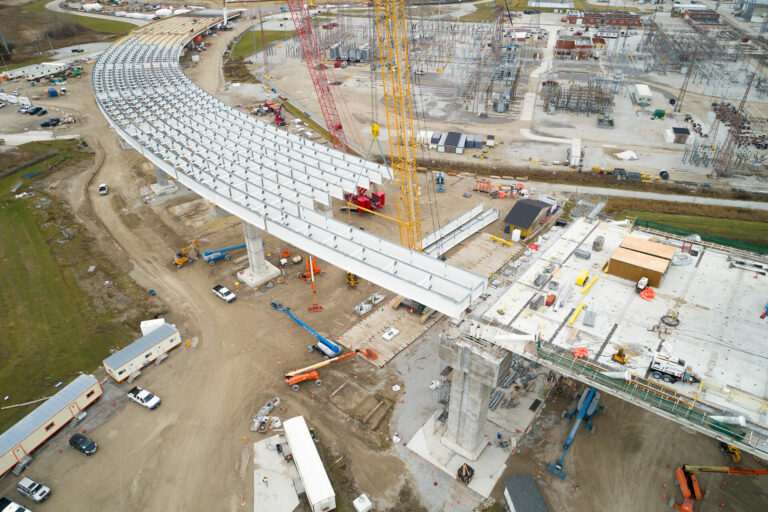The average person commuting to work, or setting off on an excursion or family holiday, will have their minds focused on the job ahead. The important meeting or relaxing break are, naturally, important topics. Usually however, they won’t give a second thought to the detailed network of highways, roads and bridges that take them to their destination. While we may occasionally marvel at the complexities and beauty of these structures, their reliability is rarely questioned. They become a constant, dependable thing. So, what happens when a bridge, this iconic steel emblem of innovation and beauty, has endured years of use and neglect? With infrastructure users at record levels, what happens when these structures fall into disrepair? Well, that is where bridge rehabilitation comes in.
Bridge rehabilitation is the process of restoring a bridge to its original glory, maintaining its structural integrity, and ensuring its safety for the public. With an infrastructure network spanning vast distances across the United States, the importance of this sector will be of no surprise. Not only that, but it also provides an important service in preserving the history and culture of the nation. While this may seem obvious to those outside the industry, the question must be asked, what does it take to bring a bridge back to life? With rehabilitation projects that may involve improving the bridge’s deck, or replacing old worn-out steel, a comprehensive and rigorous process is vital.
With massive infrastructure spending announced last year, it may seem as though things are in a positive place. However, it is only when we look into the finer details that the real challenges emerge. According to the Federal Highway Administration, over 300,000 bridges in the U.S. are over 50 years old. In addition to that, American Society of Civil Engineers estimates that it will cost $125 billion to repair or replace the bridges in need of attention across the country. Of even greater concern is that in 2019, the FHWA reported that over 47,000 bridges across the United States were structurally deficient, indicating considerable decline in the bridge’s condition and capacity to carry loads. It is in this context that Piasecki Steel Construction Corp have been operating for over four decades. The company has been working tirelessly to ensure that dams, trusses, and suspension bridges in the state of New York get the attention they need.

Located in Shodack, a town in Rensselaer County, NY, with a population of almost 13,000, Piasecki Steel Construction Corp has built up over 40 years of experience, skill and industry knowledge. From its base, located near the state capital of Albany, the company has developed and nurtured longstanding relationships with clients throughout the industry. Richard J Piasecki founded the company. Piasecki, from a first-generation Polish family in Brooklyn New York, moved back to his home state having obtained a degree in civil Engineering from Worchester Massachusetts. From there he was heavily involved in some major construction projects across New York City while working for the Bethlehem Steel Corporation and the Karl Koch Erecting Co., one of which was the World Trade Center. Having gained a solid foundation, Piasecki set up his own business and starting out by working on small, state funded projects.
“Piasecki Steel Construction Corp. has built up over 40 years of experience, skill and industry knowledge.”
Today, Piasecki Steel is run by Piasecki’s stepson, Michael Belsky, who followed in his stepfather’s footsteps by getting his civil engineering degree from Worchester Polytechnic Institute and becoming Company President in 2015. Through a combination of excellent business acumen and industry knowledge, Belsky’s leadership has seen the company increase revenue annually, with Piasecki Steel now employing 40 people.
This success is not by chance, however. As Belsky explains, Piasecki Steel was at the forefront of the bridge rehabilitation sector and its knowledge and skill has driven the industry forward. “A lot of the means and methods that contractors employ in this industry came from our past ingenuity. We take great pride in planning the work and then developing the project. Every job is challenging and uniquely satisfying.” With the area of bridge rehabilitation being such a niche one, the services that Piasecki Steel offers its clients are highly skilled. From main cable investigation and suspend rope replacement through to structural lifting and rehabilitation of structural steel bridges, this company excels in every aspect of the sector.
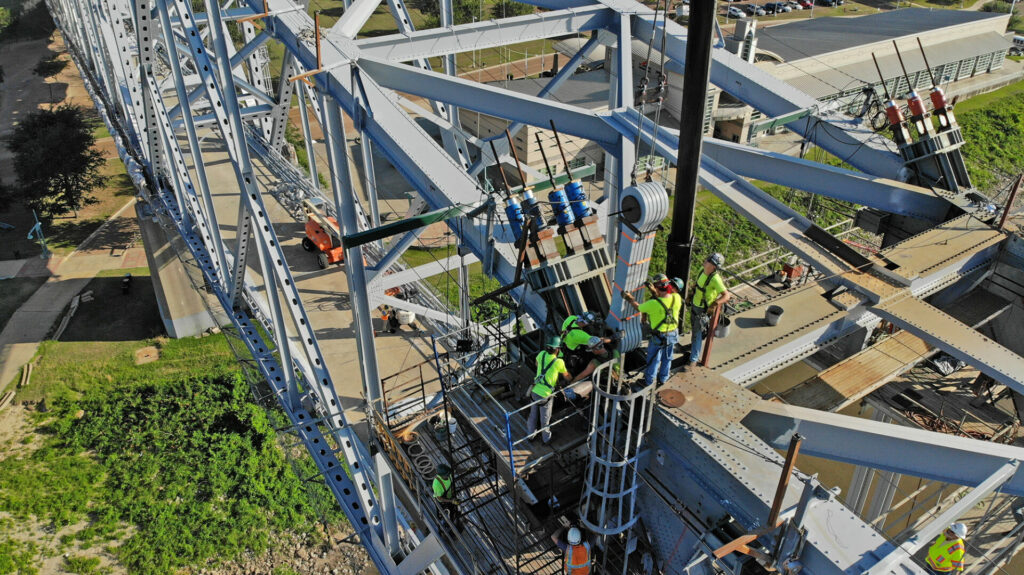
However, it cannot be overstated how important an attention to detail is in this area. As Belsky explains, these undertakings involve a fastidious process that places safety and functionality of bridges at the center. Main cable investigation, for example, is a thorough inspection of the primary support system of suspension bridges. The method entails inspecting the cables, anchorages, and suspender ropes that support up the bridge. Intrusive inspections are required to wedge open the main cable and inspect its inner core. While advanced technology, such as ultrasonic testing and magnetic particle inspection, are non-destructive tests used to detect any defects or anomalies that might affect the bridge’s structure. After the inspection is completed, any necessary repairs are then carried out.
While the rehabilitation of any bridge is undoubtedly cause for celebration, Piasecki Steel has worked on a number of projects. One of which is the $19.1M, Ogdensburg-Prescott International Bridge Rehabilitation project. The bridge, which connects Ogdensburg, New York in the United States, to Johnstown in Ontario, Canada, stands out for Belsky due to the diligent focus required from all involved. “This 18-month project required significant planning to prepare for the nightly bridge deck replacement. A total of 65 nightshifts were required to replace the existing steel grid bridge deck and floor beams. One major challenge was that the approach spans were superelevated, and the all the connections were bolted together. A bridge model was created to ensure all successive members would align through the curvature of the structure. Additionally, the grid deck system was massively time consuming to make and would have been costly to replace if fabricated incorrectly. The bridge also had to be open for traffic every morning, so the pieces had to fit.”
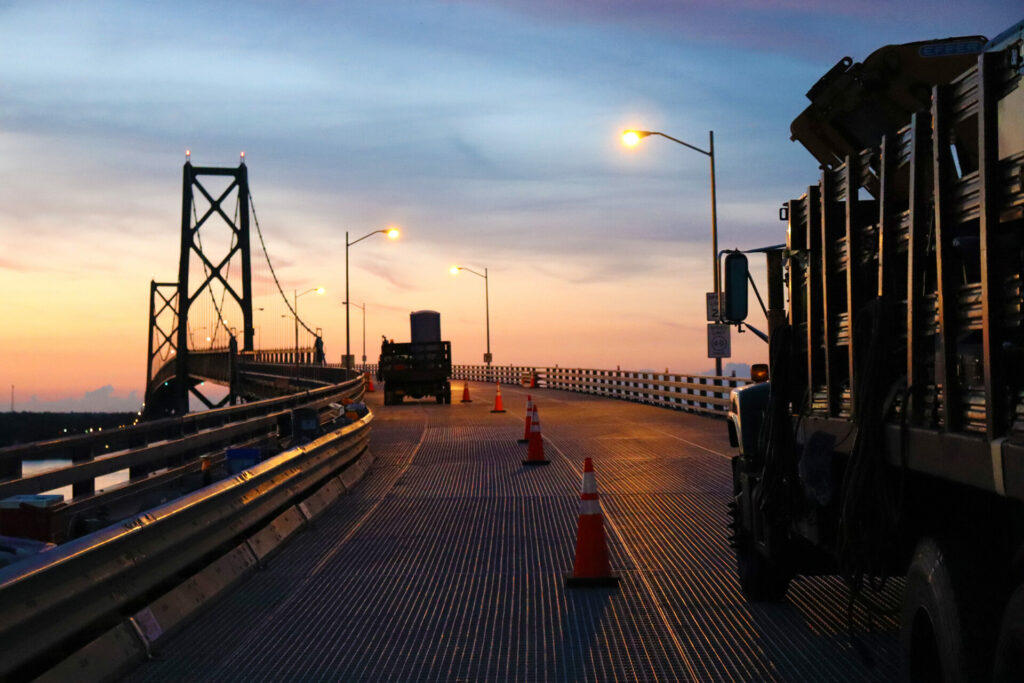
With an abundance of skill and experience, Piasecki Steel is well placed to continue its success. However, for Belsky, there is more to it than the projects it works on. From speaking to him, it is clear that this is a company that prides itself on relationships. Being accessible to clients throughout a project is something that Belsky guarantees as standard, with no job being too small for Piasecki Steel. This accessibility is not purely for clients either. As Belsky explains, the company is driven to ensuring that its employees enjoy their share of the success. “I continually encourage our office staff and field personnel to develop their career through third party and on the job training. Some people have come to us with zero construction experience. Seeing them progress technically and financially is incredibly satisfying.” In addition to that, Piasecki Steel ensures that its employees succeed financially too. The company started an ESOP (Employment stock ownership plan) in 2014 and for Belsky, this was non-negotiable. “This was one of the conditions I had when I joined the business. I had stock in my previous company, and I wanted this program to be available for others. It allows all of our supervisors to be part owners of the company.”
With Piasecki Steel leading the charge in structural steel rehabilitation, the future is looking bright for the company. As more and more bridges and constructions age and deteriorate, the demand for high-quality steel fabrication and erection services will only continue to grow. When this is coupled with a determined push to rejuvenate an aging infrastructure system through massive funding streams, it seems as though the opportunity to cement its place at the forefront of the sector is within reach. As commuters and holiday-makers plan their next adventure, they can be safe in the knowledge that Piasecki Steel’s commitment to excellence and customer satisfaction means that they are in good hands.









